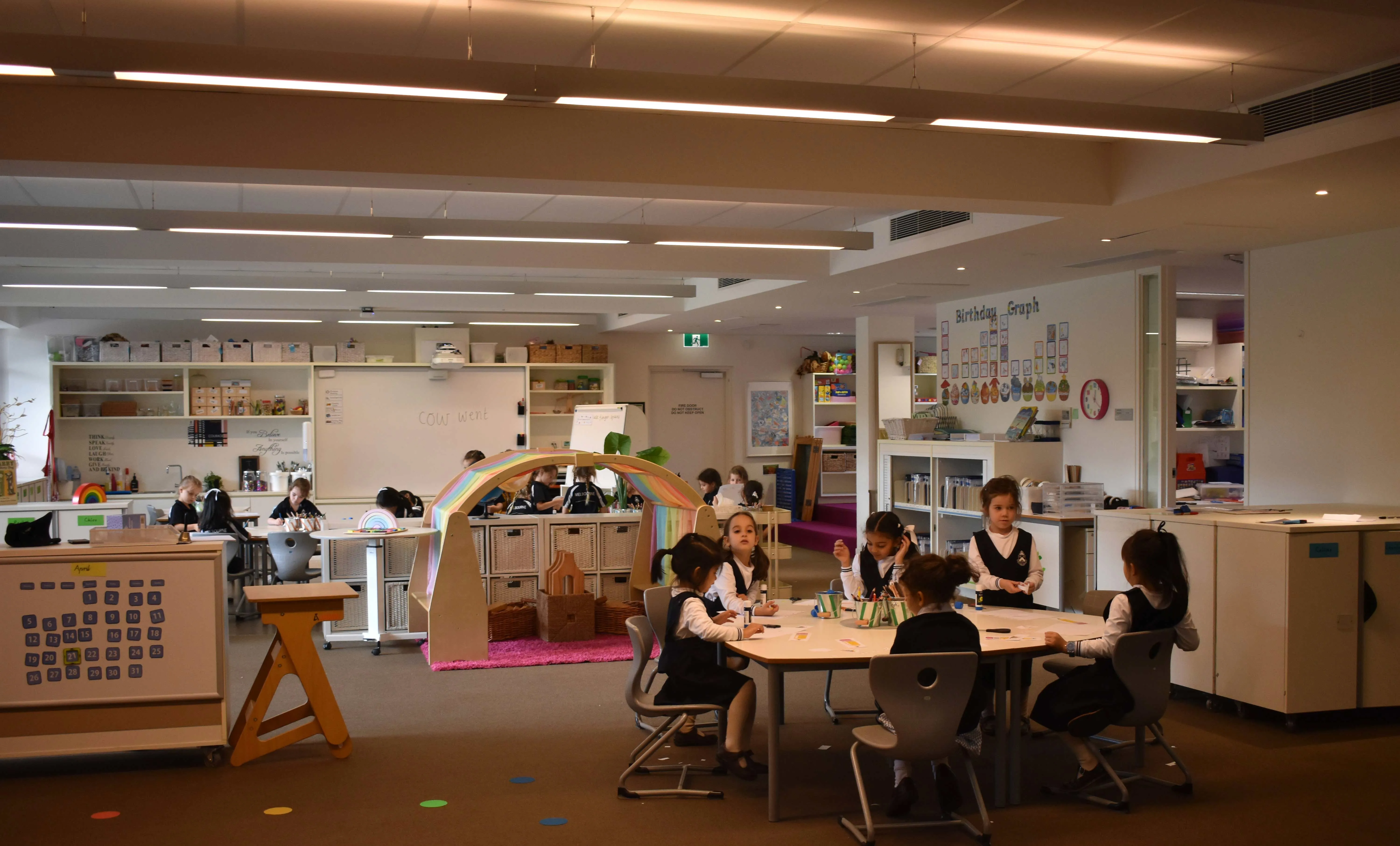

Morris Hall Learning Studio


Morris Hall Learning Studio
Open Spaces; Open Minds
With the ever-changing landscape of education and society, and the need to equip our students with the skills to succeed in their journey through school and beyond, it has become more important than ever to look at the environment we are surrounded by and to create learning spaces that cater for the development of 21st Century skills.
A school must consider the different stages and characteristics of a child's development and create an environment to best meet the learning needs of their students.

The creation of learning studios and flexible learning spaces, rather than structured classrooms at Morris Hall and Wildfell accommodates groups of varying sizes. This enables students to be active, engage with peers, or learn independently. Creativity is encouraged through curiosity; student agency is fostered and the needs of our diverse range of students are met.
A learning space that is flexible allows for a variety of configurations to facilitate a range of age-appropriate teaching experiences. As students develop, these learning spaces cater for more student-centered learning involving individual and group work. This is a contrast to the traditional classroom space and lessons delivered in a more ‘chalk and talk style’ approach. A more modern style of teaching, especially in the primary years is needed to develop and deliver the skills required of today’s learners.
The creation of learning studios and flexible learning spaces, rather than structured classrooms at Morris Hall and Wildfell accommodates groups of varying sizes. This enables students to be active, engage with peers, or learn independently. Creativity is encouraged through curiosity; student agency is fostered and the needs of our diverse range of students are met.
A learning space that is flexible allows for a variety of configurations to facilitate a range of age-appropriate teaching experiences. As students develop, these learning spaces cater for more student-centered learning involving individual and group work. This is a contrast to the traditional classroom space and lessons delivered in a more ‘chalk and talk style’ approach. A more modern style of teaching, especially in the primary years is needed to develop and deliver the skills required of today’s learners.
The creation of learning studios and flexible learning spaces, rather than structured classrooms at Morris Hall and Wildfell accommodates groups of varying sizes. This enables students to be active, engage with peers, or learn independently. Creativity is encouraged through curiosity; student agency is fostered and the needs of our diverse range of students are met.
A learning space that is flexible allows for a variety of configurations to facilitate a range of age-appropriate teaching experiences. As students develop, these learning spaces cater for more student-centered learning involving individual and group work. This is a contrast to the traditional classroom space and lessons delivered in a more ‘chalk and talk style’ approach. A more modern style of teaching, especially in the primary years is needed to develop and deliver the skills required of today’s learners.

Changing With the Times
Our educators support learners to develop agency; they allow for collaboration, explicit instruction, feedback, reflection and independent work within their classes to further engage and build motivation. This fosters social and emotional development, enhances the capacity to build relationships and drives solutions orientated problem solving.
Flexible learning environments assist in the development of a student's independent learning behaviours and increases their understanding of how best they can learn. Indoor and outdoor learning spaces enable students to learn and work in a variety of ways. In learning studios, the configuration of the class can also be more flexible – students can move to designated workspaces, utilise the floor or work at a desk. They can be engaged in small groups, as a whole cohort or class, as well as individually. Teachers are able to work with all students, moving around clusters of students to assist, direct, or provide the feedback each group or individual child requires.
At Morris Hall, the Learning Studio allows for up to 40 students with three to four teaching staff. Grammarians are assigned to a home group teacher and work with the students in one cohort, allowing the teaching team to customise the program to the needs of every student. Educators can differentiate and extend the learning of all students through collaboration and the setting of common and individual goals. This style of flexible learning space extends to more than just the physical learning space, the physical floor plan or furniture choices. It also addresses other elements of learning such as how students are grouped during lessons and how time might be used more flexibly during the day.
Wildfell, the home for our Year 5 and 6 Grammarians, is a light filled open plan space that supports flexibility in teaching and learning. We have two main learning studios, the Year 5 space is comprised of three homerooms of around 22 students and is situated downstairs with the ability to access the Wildfell deck. Our Year 6 cohort has increased in size this year, with the learning spaces enabling us to spread out easily over the top floor of Wildfell. We have utilised the Co-Lab space to create a fourth homeroom, which not only allows us to keep our homerooms smaller but also supports teachers to give personalised instruction to our students. Within the studios, the Wildfell students named the various learning spaces according to their purpose including the Light House, Theatre Space, Zen Den and Co-Lab (collaboration space). Whether it’s working at a stand up desk or on the floor with an ergonomic tray, our Wildfell Grammarians can choose the way they learn best in our environment which is flexible to suit their varied learning needs.
Changing With the Times
Our educators support learners to develop agency; they allow for collaboration, explicit instruction, feedback, reflection and independent work within their classes to further engage and build motivation. This fosters social and emotional development, enhances the capacity to build relationships and drives solutions orientated problem solving.
Flexible learning environments assist in the development of a student's independent learning behaviours and increases their understanding of how best they can learn. Indoor and outdoor learning spaces enable students to learn and work in a variety of ways. In learning studios, the configuration of the class can also be more flexible – students can move to designated workspaces, utilise the floor or work at a desk. They can be engaged in small groups, as a whole cohort or class, as well as individually. Teachers are able to work with all students, moving around clusters of students to assist, direct, or provide the feedback each group or individual child requires.
At Morris Hall, the Learning Studio allows for up to 40 students with three to four teaching staff. Grammarians are assigned to a home group teacher and work with the students in one cohort, allowing the teaching team to customise the program to the needs of every student. Educators can differentiate and extend the learning of all students through collaboration and the setting of common and individual goals. This style of flexible learning space extends to more than just the physical learning space, the physical floor plan or furniture choices. It also addresses other elements of learning such as how students are grouped during lessons and how time might be used more flexibly during the day.
Wildfell, the home for our Year 5 and 6 Grammarians, is a light filled open plan space that supports flexibility in teaching and learning. We have two main learning studios, the Year 5 space is comprised of three homerooms of around 22 students and is situated downstairs with the ability to access the Wildfell deck. Our Year 6 cohort has increased in size this year, with the learning spaces enabling us to spread out easily over the top floor of Wildfell. We have utilised the Co-Lab space to create a fourth homeroom, which not only allows us to keep our homerooms smaller but also supports teachers to give personalised instruction to our students. Within the studios, the Wildfell students named the various learning spaces according to their purpose including the Light House, Theatre Space, Zen Den and Co-Lab (collaboration space). Whether it’s working at a stand up desk or on the floor with an ergonomic tray, our Wildfell Grammarians can choose the way they learn best in our environment which is flexible to suit their varied learning needs.
Changing With the Times
Our educators support learners to develop agency; they allow for collaboration, explicit instruction, feedback, reflection and independent work within their classes to further engage and build motivation. This fosters social and emotional development, enhances the capacity to build relationships and drives solutions orientated problem solving.
Flexible learning environments assist in the development of a student's independent learning behaviours and increases their understanding of how best they can learn. Indoor and outdoor learning spaces enable students to learn and work in a variety of ways. In learning studios, the configuration of the class can also be more flexible – students can move to designated workspaces, utilise the floor or work at a desk. They can be engaged in small groups, as a whole cohort or class, as well as individually. Teachers are able to work with all students, moving around clusters of students to assist, direct, or provide the feedback each group or individual child requires.
At Morris Hall, the Learning Studio allows for up to 40 students with three to four teaching staff. Grammarians are assigned to a home group teacher and work with the students in one cohort, allowing the teaching team to customise the program to the needs of every student. Educators can differentiate and extend the learning of all students through collaboration and the setting of common and individual goals. This style of flexible learning space extends to more than just the physical learning space, the physical floor plan or furniture choices. It also addresses other elements of learning such as how students are grouped during lessons and how time might be used more flexibly during the day.
Wildfell, the home for our Year 5 and 6 Grammarians, is a light filled open plan space that supports flexibility in teaching and learning. We have two main learning studios, the Year 5 space is comprised of three homerooms of around 22 students and is situated downstairs with the ability to access the Wildfell deck. Our Year 6 cohort has increased in size this year, with the learning spaces enabling us to spread out easily over the top floor of Wildfell. We have utilised the Co-Lab space to create a fourth homeroom, which not only allows us to keep our homerooms smaller but also supports teachers to give personalised instruction to our students. Within the studios, the Wildfell students named the various learning spaces according to their purpose including the Light House, Theatre Space, Zen Den and Co-Lab (collaboration space). Whether it’s working at a stand up desk or on the floor with an ergonomic tray, our Wildfell Grammarians can choose the way they learn best in our environment which is flexible to suit their varied learning needs.


There’s a World We Can Visit if We Go Outside
The external environment at Morris Hall is also designed in a way that extends the classroom space outside and opens up additional teaching areas. The different areas or zones of the playground allow for increased student agency - students have the freedom to choose the area that they wish to play in and can join in with cross age or same age groups when playing based on a shared interest on a particular day. Whether they want to play in the garden, the Imagination Zone, Peaceful Patio or swing on the monkey bars, it is their choice, depending on how they are feeling and who they want to play with on that day.
The Wildfell deck and gardens are a versatile extension of our dynamic and collaborative indoor learning spaces. You will often find students reading on the grass under the magnolia trees or playing down ball on the deck, as the outdoor spaces provide the perfect opportunity for students to learn and play. The well utilised 'Zen Den' is a quiet, reflective space for our Year 5 and Year 6 Grammarians, looking out on the Wildfell deck, it is a space for quiet contemplation, promoting mindfulness and connectedness.
There’s a World We Can Visit if We Go Outside
The external environment at Morris Hall is also designed in a way that extends the classroom space outside and opens up additional teaching areas. The different areas or zones of the playground allow for increased student agency - students have the freedom to choose the area that they wish to play in and can join in with cross age or same age groups when playing based on a shared interest on a particular day. Whether they want to play in the garden, the Imagination Zone, Peaceful Patio or swing on the monkey bars, it is their choice, depending on how they are feeling and who they want to play with on that day.
The Wildfell deck and gardens are a versatile extension of our dynamic and collaborative indoor learning spaces. You will often find students reading on the grass under the magnolia trees or playing down ball on the deck, as the outdoor spaces provide the perfect opportunity for students to learn and play. The well utilised 'Zen Den' is a quiet, reflective space for our Year 5 and Year 6 Grammarians, looking out on the Wildfell deck, it is a space for quiet contemplation, promoting mindfulness and connectedness.



This openness creates a more collaborative approach to planning and allows teachers to support each other and have greater professional learning conversations. It gives greater flexibility to groupings and inquiry learning, providing the students with opportunities to develop the skills needed to thrive in this ever changing world.
This openness creates a more collaborative approach to planning and allows teachers to support each other and have greater professional learning conversations. It gives greater flexibility to groupings and inquiry learning, providing the students with opportunities to develop the skills needed to thrive in this ever changing world.
This openness creates a more collaborative approach to planning and allows teachers to support each other and have greater professional learning conversations. It gives greater flexibility to groupings and inquiry learning, providing the students with opportunities to develop the skills needed to thrive in this ever changing world.







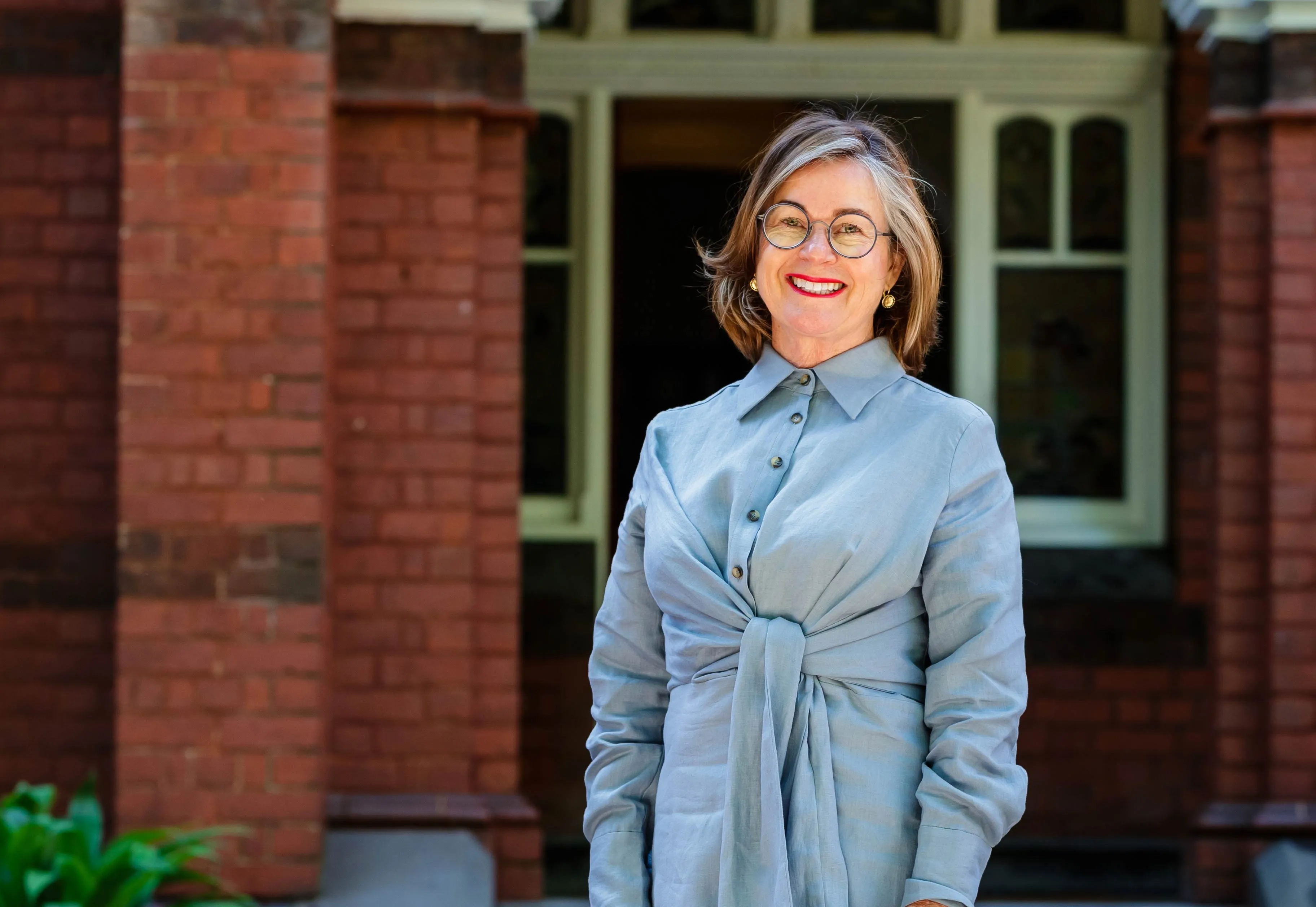

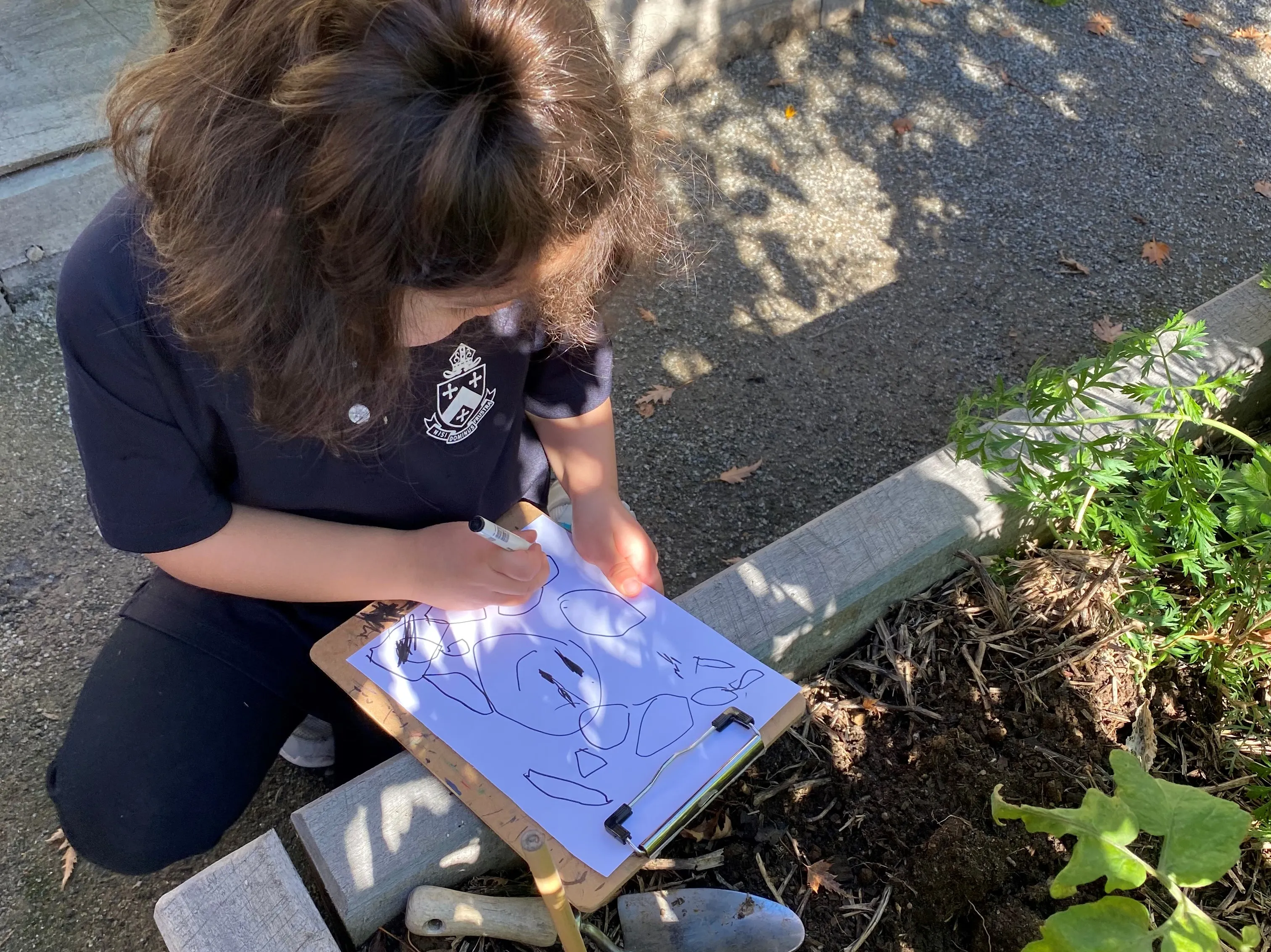
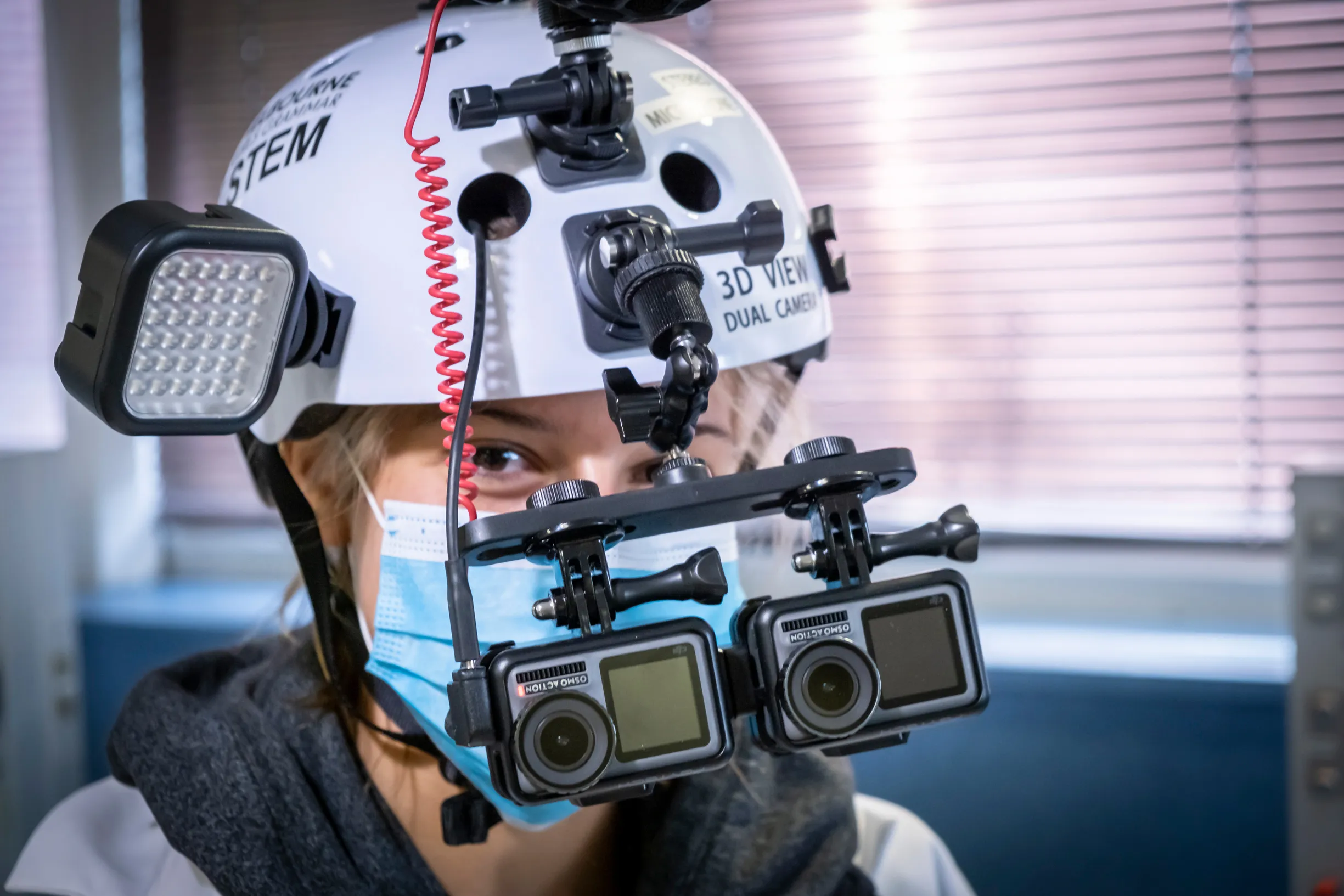
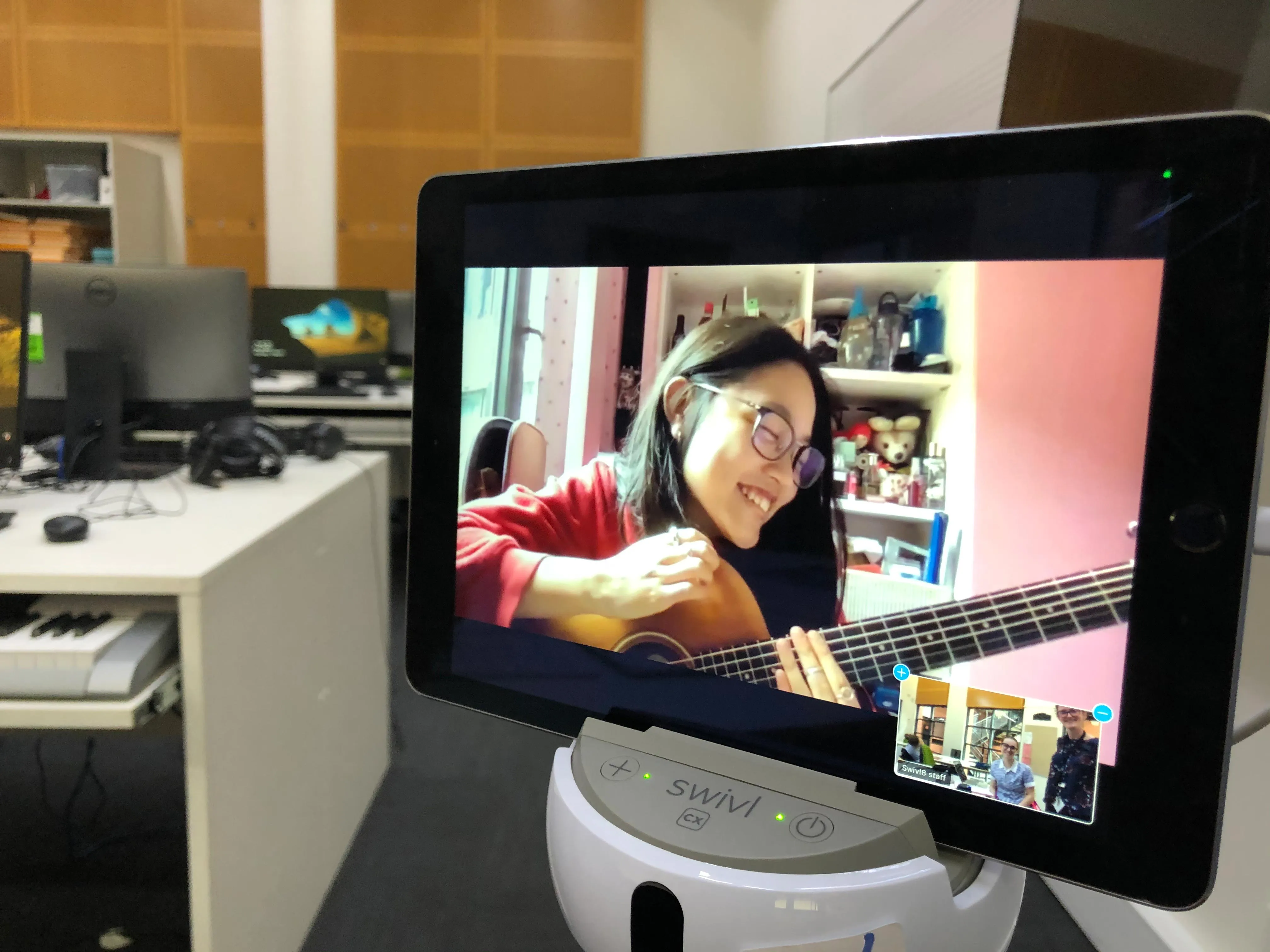

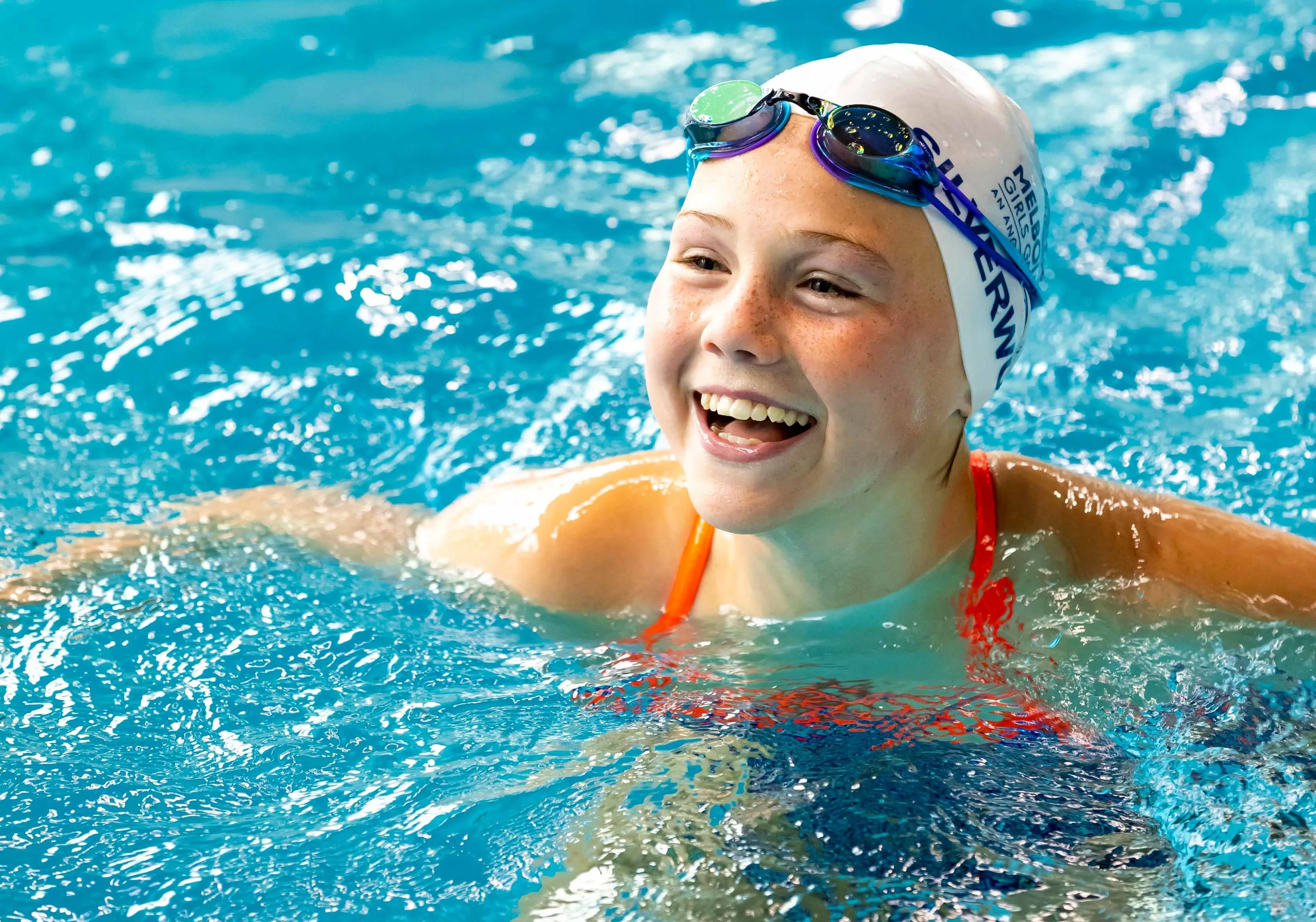

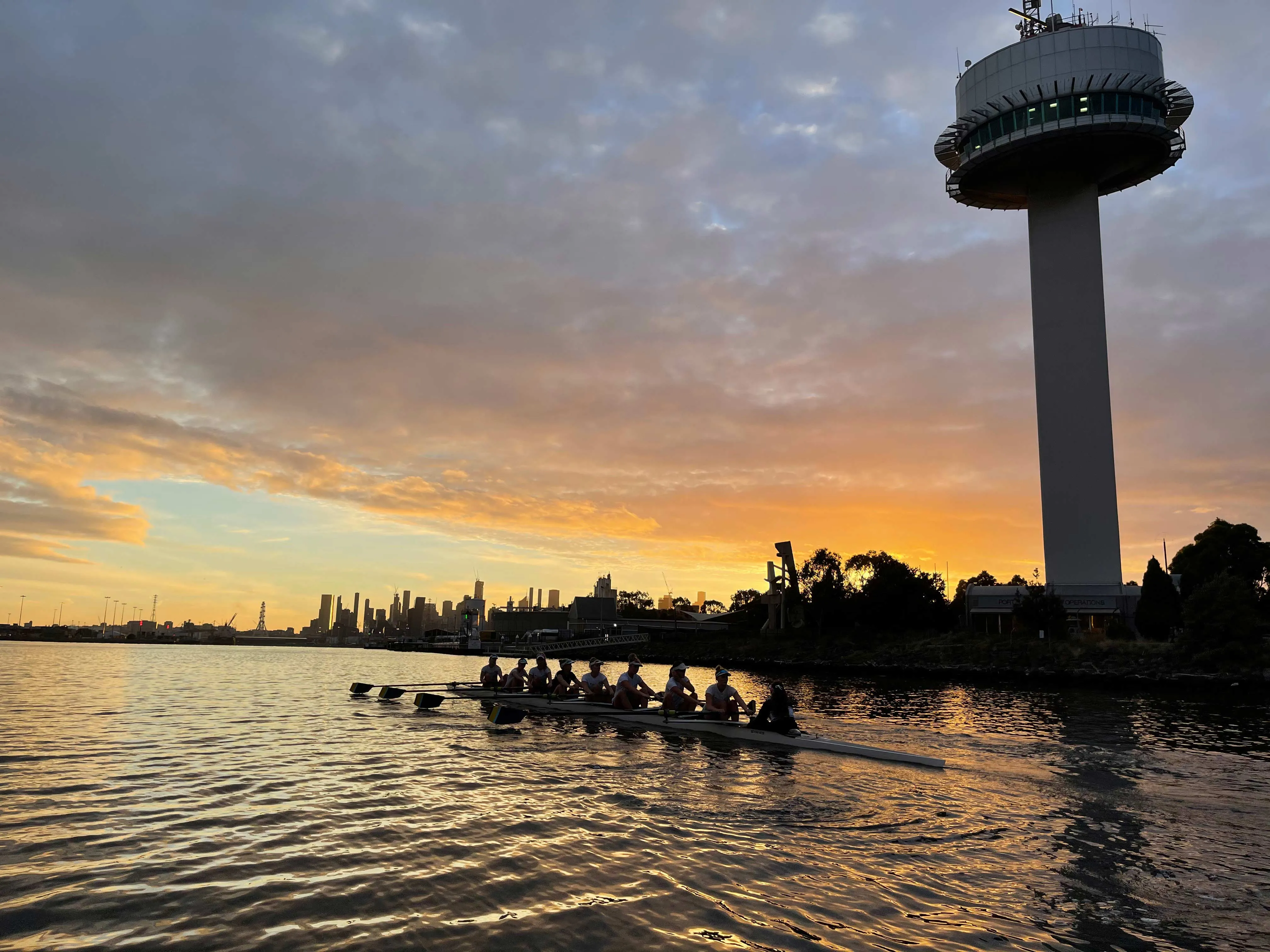
.webp)





_web.jpg)

_web.jpg)

-Elise-Nguyen%2C-Adele-Ellis%2C-Willow-Manuele.webp)
_web.jpg)

-HERO-Isabelle-Gelder%2C-Zara-Bridger%2C-Chloe-Stevenson_web.jpg)
